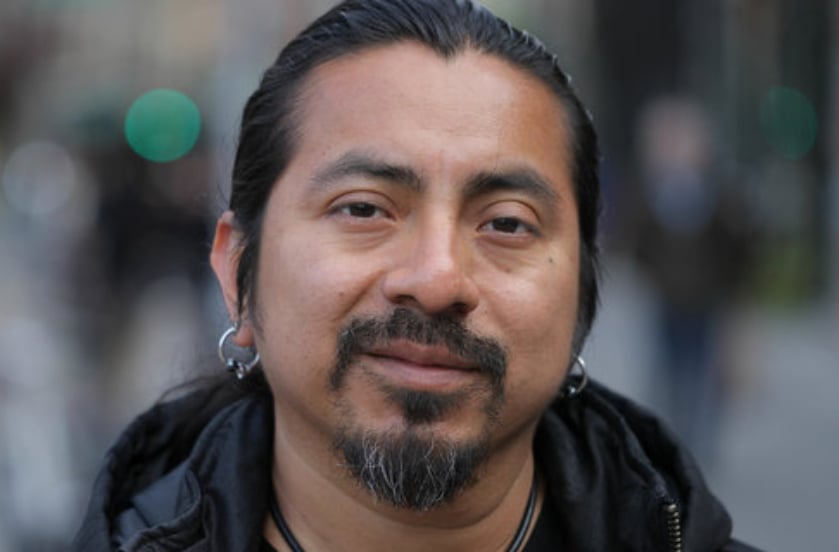"In a study published in Nature Communications, the researchers reveal an elegant molecular mechanism that acts like a GPS coordinate system for regenerating cells… the puzzle was how the cells in the regenerating limb-stump controlled their levels so precisely to know exactly where they were on the axis from shoulder to hand.”
The Nature paper:
Does this lead to me getting a bigger dick? Otherwise, I’m not interested!
no but if it gets cut off for whatever reason…
Finally I can get my foreskin back
Oh hey I could get mine back and then get circumcised again just to piss off all the crybabies who want to sue their parents for having them circumcised the first time.
5 dollars says you couldnt go through with it. Babys arent even medicined so neither will you!
It will. It’ll finally grow back now.
How did you know? I gave no hints
Hey! I’m a grower too! Definitely not a shower.
Thank you, Jesus, I needed you.
So this is what they meant by Jesus’ second coming.
Woah, fascinating. Of course very far out, but manipulating and regenerating human limbs in a similar way would be serious sci-fi stuff. Just impressive
Not that I would be an expert, but limbs start forming so early on in the womb, that that will probably be a very difficult thing to do. Nevertheless, never say never.
just put people back in for repairs
Lol
Now’s a good time to point out that the first organ transplant happened in the 1950s, and it hasn’t been even 80 years since, meaning there are not only people alive who remember a time when that didn’t exist, but also there are surgeons who may only be in their early 40s that became transplant surgeons while the first ever transplant surgeon was still alive, and may have even gotten tutelage from him.
How it could work in a future: they pre-grow limbs in labs for a few months/yearst, then when somebody needs it, they attach one that matches closely. After that, you get the treatment and the limb continues growing until it reaches the size needed.
Imagine running around with a child arm for a year or so.
Compared to no arm for the rest of my life, being called “baby-hand” for a year seems like a small price to pay.
True. It would probably be funny.
Isn’t that a Michael Bay film?
Come on, it will only take 20 years.
Hmm, I think I’d rather have a cool cyberpunk robot limb then just regrowing my shitty old flesh and blood one
With a built-in ice cream freezer!
deleted by creator
Until they try it on humans and it turns out it also grows cancer.
Finally we can all become Deadpool
Or Curt Connors
Finally, I can become bisexual, and funny!
Then they just need to figure out how to use the non-cancer-gene from those blind naked African rats who can run equally fast forward and backwards, look like a wrinkly penis with legs and teeth and are friends with Ron Stoppable and we will have figured out a cure to cancer while regenerating body parts left and right. It’ll be great.
Do you want morlocks? 'Cos that’s how you get morlocks
How do you know this?
What have you done?
air raid sirens
Axolotls actually have unusally low cancer rates despite their regenerative abilities - they’ve evolved special tumor supressor genes that work alongside their regeneration pathways, wich is why researchers are studying both mechanisms together!
That seems to be what they are trying to control. Just “turning on” the regenerative mechanisms is a fast track to a cancerous growth. This research seems to be aimed at understanding how to provide that mechanism with the chemical instruction of what to grow into. While we aren’t there yet, each time a new part of that instruction set is figured out, we get a step closer to regrowing lost tissue. Living organisms are incredibly complex and understanding large, complex processes like growing a limb is going to take a lot of work and time.
Axolotls can’t have cancer?
They can but have additional mechanisms to attack cancer apparently.
I don’t want to know how much testing they needed to do for that
At this point, I’m willing to a genetic test subject. Worst case I look like an axolotl, but others will be one step closer to enjoying the fruits.
That’s a great idea. A banana that regenerates when you cut it in half.
First step, give the banana a mouth
second step…I’ll be in my bunk.
HUGE NEWS!











